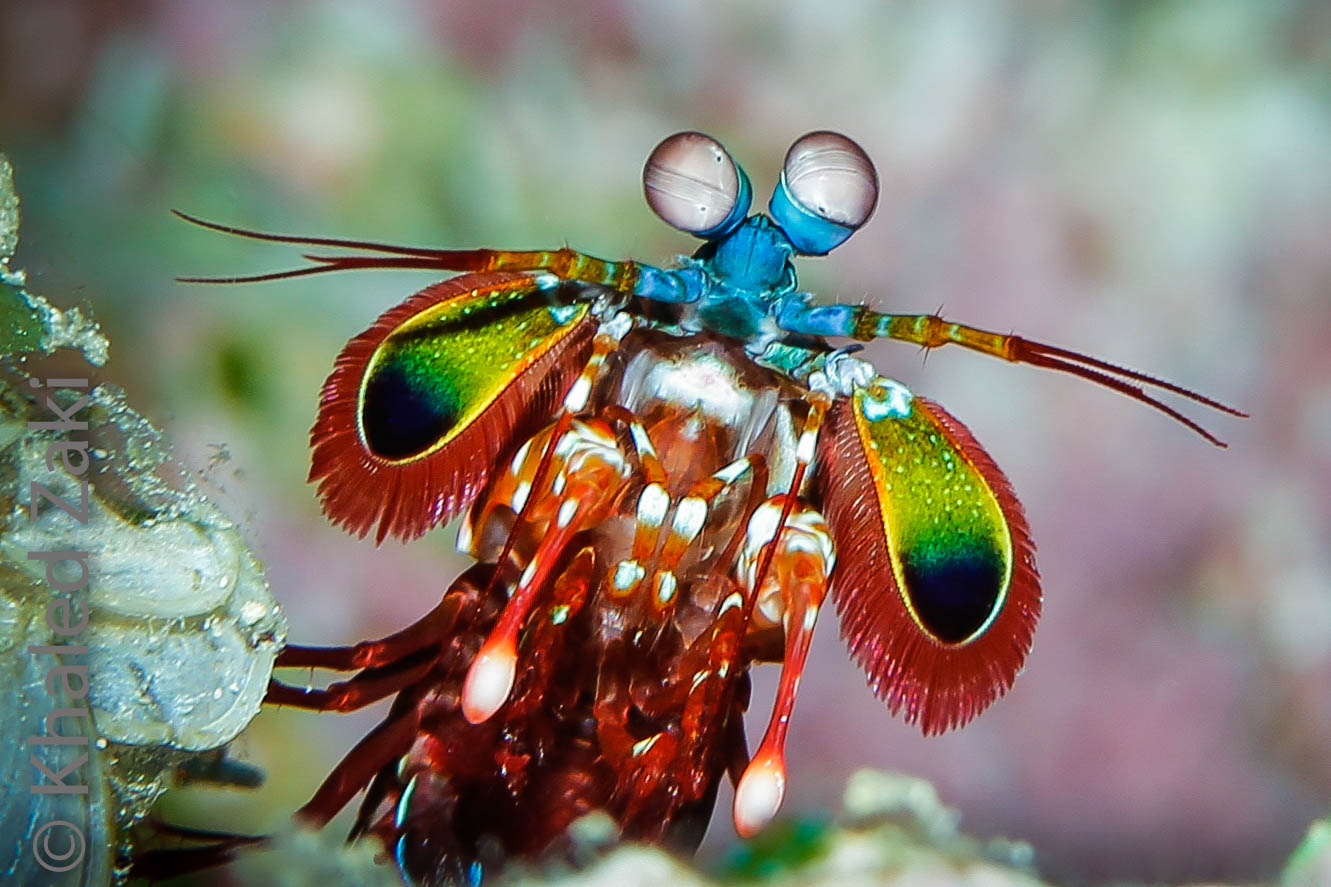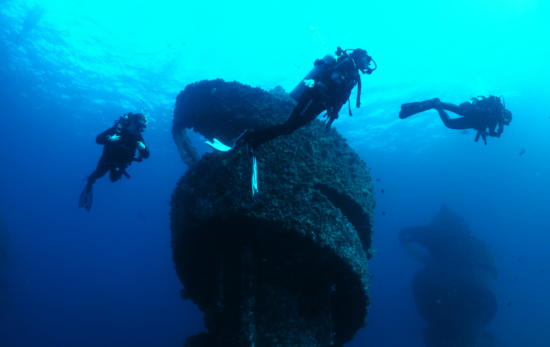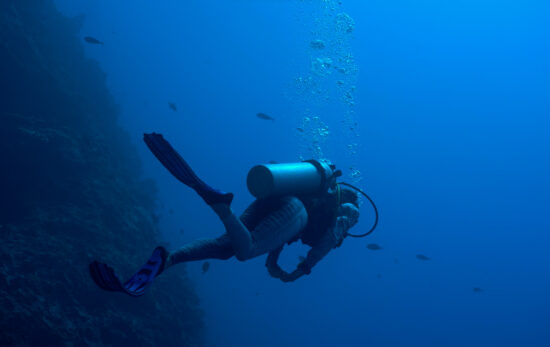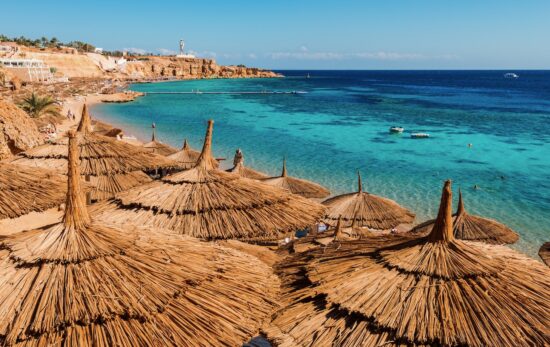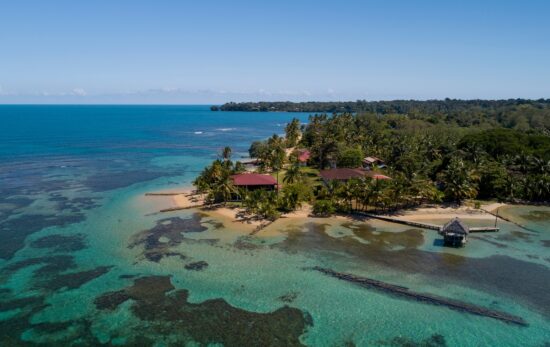As a scuba diver, one of your many superpowers is the ability to explore in three dimensions. While hikers trudge up a hill and mountain climbers haul themselves from handhold to handhold, scuba divers simply float wherever they want to go. Wall diving allows you to make the most of your gravity-defying superpower.
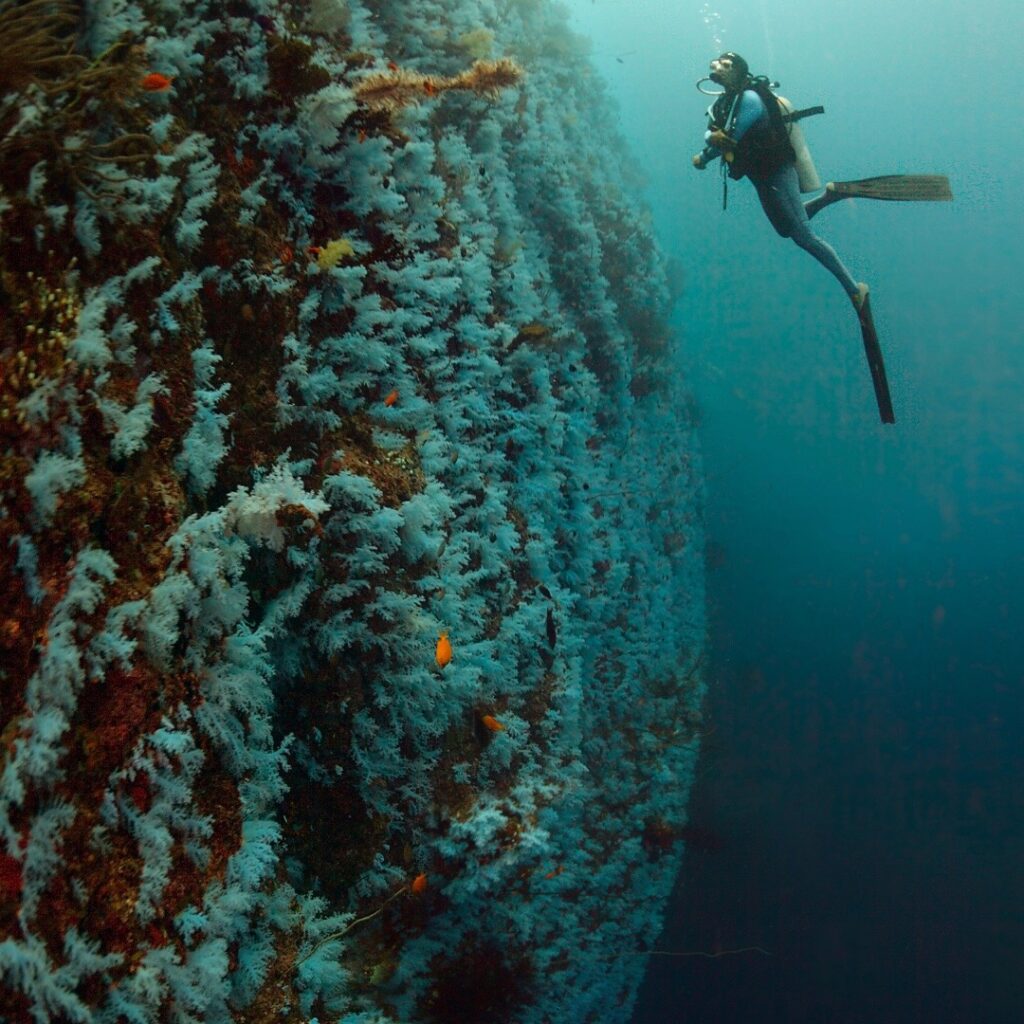
What is Wall Diving?
A wall dive is exactly what it sounds like. You float next to an underwater “wall” covered in life. Some walls are only a few metres/yards tall, while others stretch hundreds of metres/yards from top to bottom.
Wall dives are ideal if you have a group of divers with mixed experience levels. Novice and junior divers can stay shallow, and those with the training and experience to dive deeper may do so.
#1 Most Wall Dives Are Beginner-Friendly
When I was a new Open Water Diver, I did a lot of wall diving. I hadn’t sorted out underwater navigation yet and I knew I couldn’t lose my way on a wall dive. I was also paranoid about crashing into the reef and killing something. Fortunately, on most wall dives, the reef is in front of you, not underneath you.
That said, it’s always a good idea to check your depth gauge regularly and follow the rule of thumb: never go deeper than your guide. Walls can be enchanting and, especially in clear water, it’s easy to underestimate how deep you are.
Not every wall dive is suitable for beginners. Some of the best wall dives in the world are also drift dives where PADI®Deep Diving and Drift Diving certifications are recommended. Read more about tips and techniques for wall diving.
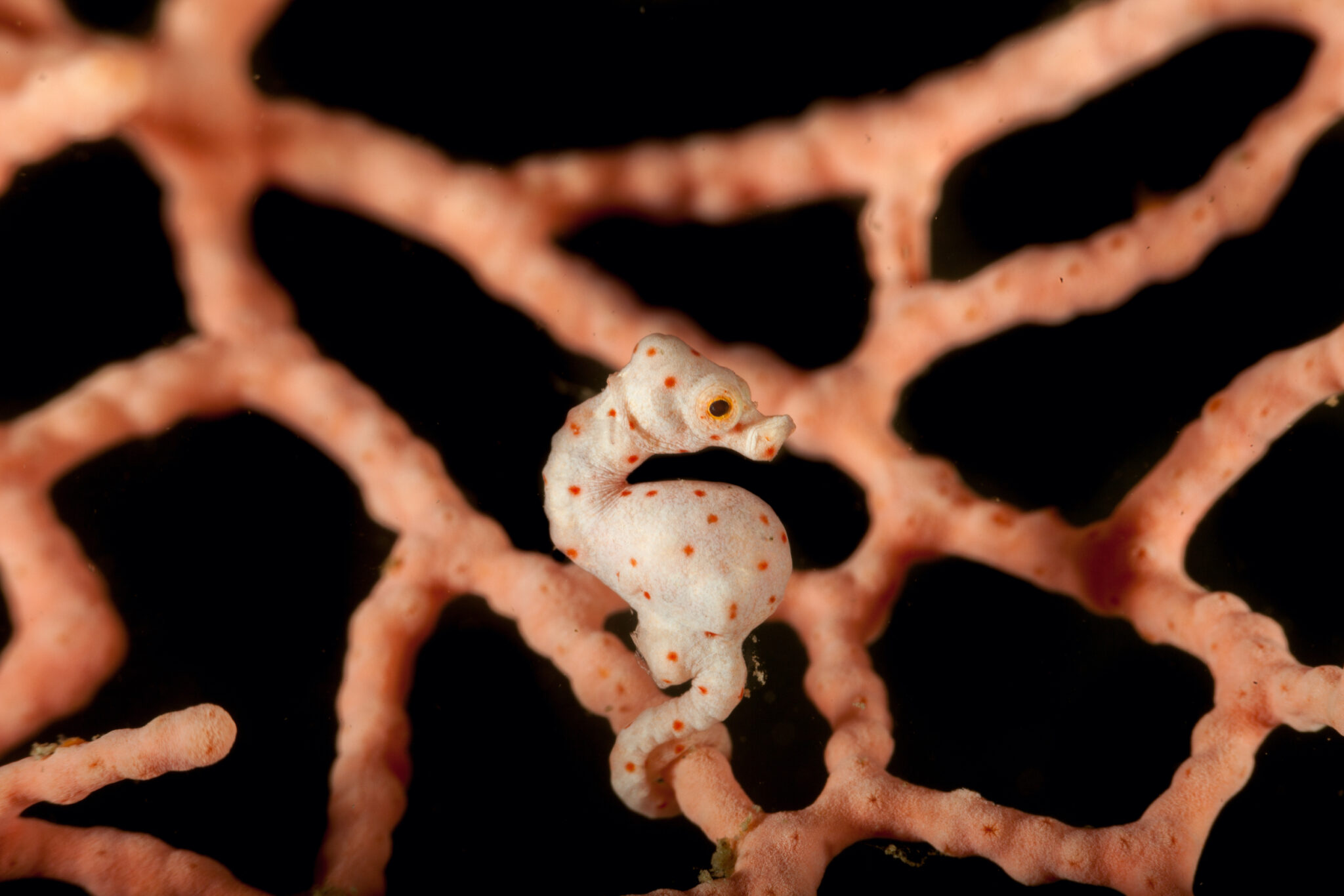
#2 Bucket List Marine Life
On a wall dive, you can see bucket list creatures large and small. In tropical environs, you can find pygmy seahorses hanging on to massive gorgonian sea fans (and by “find” I mean wait for someone else to point one out – they’re so so tiny!). In colder water, such as Browning Pass Wall in British Columbia, Canada, you can see king crabs, basket stars and moon jellyfish. Day Island Wall near Tacoma, Washington, USA is home to wolf eels and the beloved Giant Pacific Octopus.
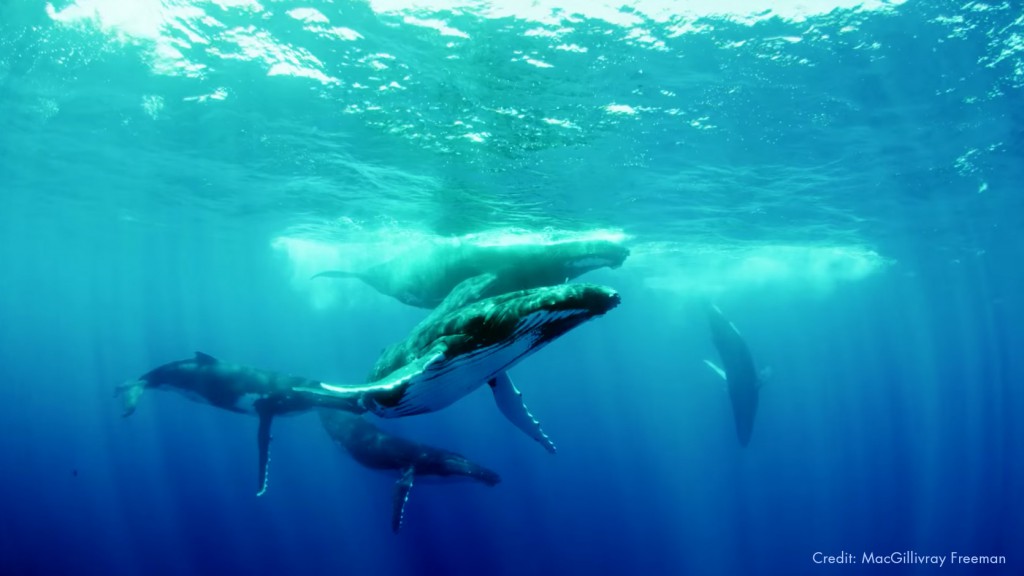
Meanwhile, out in the blue, anything could cruise by. A few years ago I saw five (five!) humpback whales while diving Molokini Crater, Hawai’i. On a wall dive, you could see sharks, turtles, rays and other bucket list marine life.
#3 Entertaining Safety Stops
On wall dives, you’ll start deep and end shallow, spending the last part of the dive poking around the top of the wall. In many places, the top of the wall is at safety stop depth, so you get to spend an extra three minutes looking for critters instead of staring at your dive computer. I once spent an entire safety stop (and then some) watching a mantis shrimp clean out its hole.
Ready to dive in? Ask your PADI Dive Shop or Instructor about their favorite place to wall dive, or check out the articles below from our friends at Scuba Diving magazine.

